Time to Get Pruning!
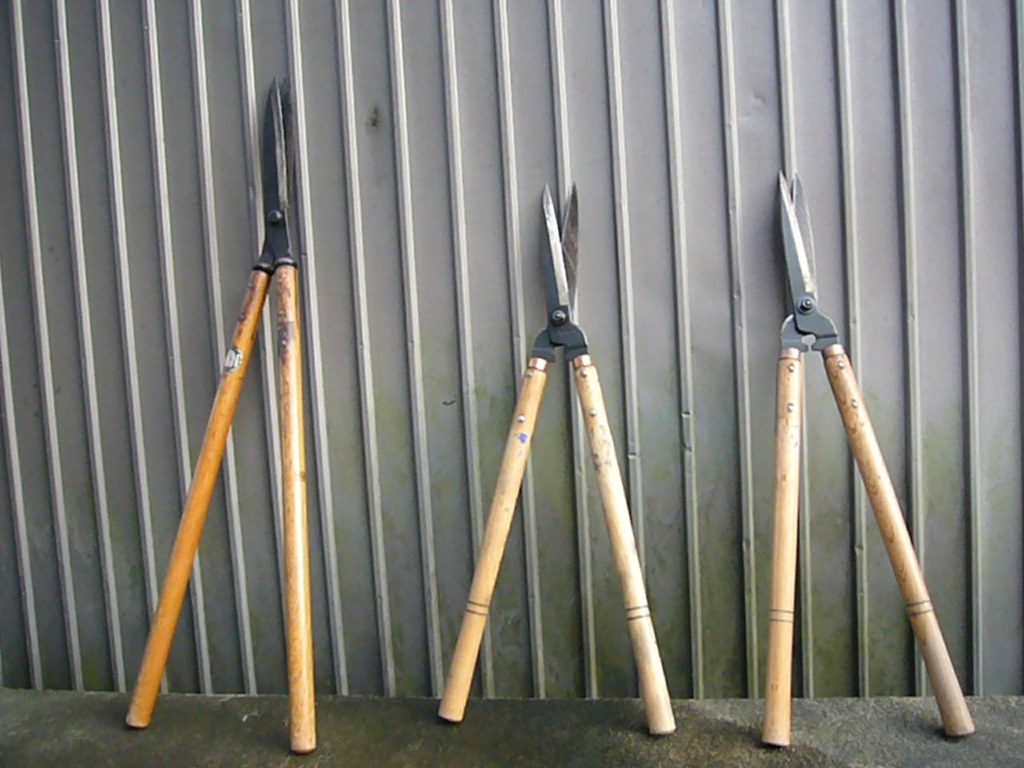
Late February and early March is an excellent time to prune any shrub or tree that is best pruned when it is dormant. As a rule, spring flowering shrubs and trees (e.g., lilacs, azaleas, dogwoods) should NOT be pruned now (unless you don’t mind that you will lose this year’s blooms). They are best pruned right after they bloom in the spring. Now is the time to prune most summer blooming plants and most trees. For a discussion of proper pruning techniques, including lists of spring and summer-blooming plants, see Pruning Flowering Shrubs, Rutgers FS 1221: https://njaes.rutgers.edu/fs1221/ And, remember, it is ALWAYS okay, no matter what the season, to remove dead, damaged or diseased portions of the plant.
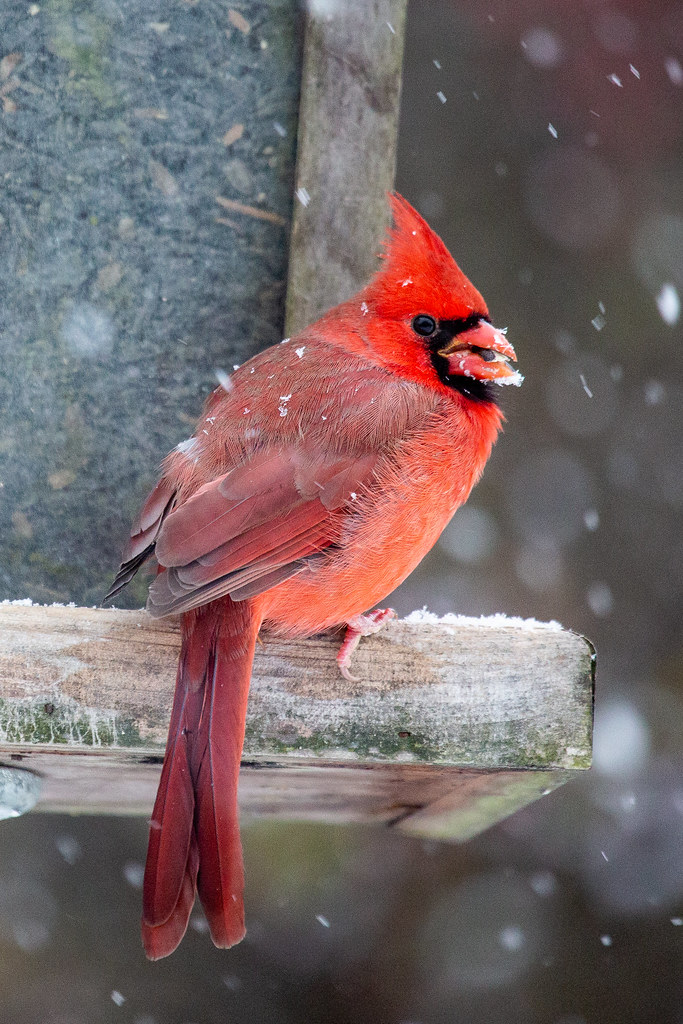
Don’t forget the birds! In addition to food, they need water. Even a simple bowl, refreshed every day to keep it unfrozen, can make a difference. (Photo credit: “Cardinal on feeder (1 of 1)” by beaucon is licensed under CC BY-SA 2.0)
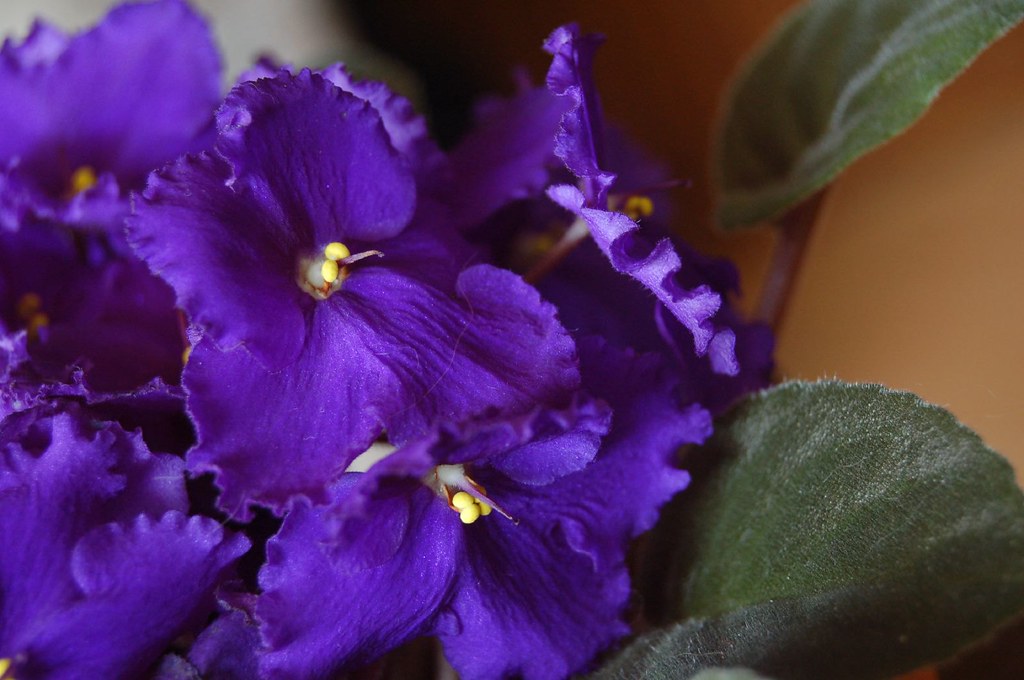
Houseplants need special attention during the winter months due to the significant reduction in daylight and the dry conditions found in most New Jersey homes during this time. Watering is important. Most houseplants need water when the soil is dry to the touch. Plant deaths are more often caused by too much water than too little water. (We don’t know how to stop coddling our plants!) For an in-depth discussion of the ideal light, temperature, humidity and watering practices for various houseplants, see Growing Indoor Plants with Success from the University of Georgia’s Extension Service (Photo credit: “African violet” by Qabluna is licensed under CC BY-NC-ND 2.0)
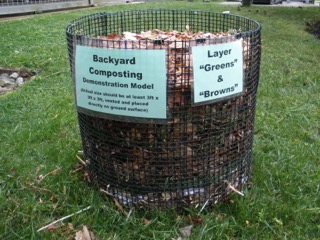
Continue to compost, even during the coldest months. While decomposition slows down in your open compost pile during the winter, you can continue to add material. Be sure to have some leaves or shredded paper available nearby, preferably in a dry lidded garbage can or large pail, to use to cover the scraps. If you cover the whole pile with a tarp or other cover, the compost may even stay warm enough to “cook.” For lots of information about composting, See the Rutgers factsheet on home composting here. When COVID restrictions are finally lifted, visit the Rutgers Master Gardeners of Mercer County’s compost demonstration site at Mercer Educational Gardens
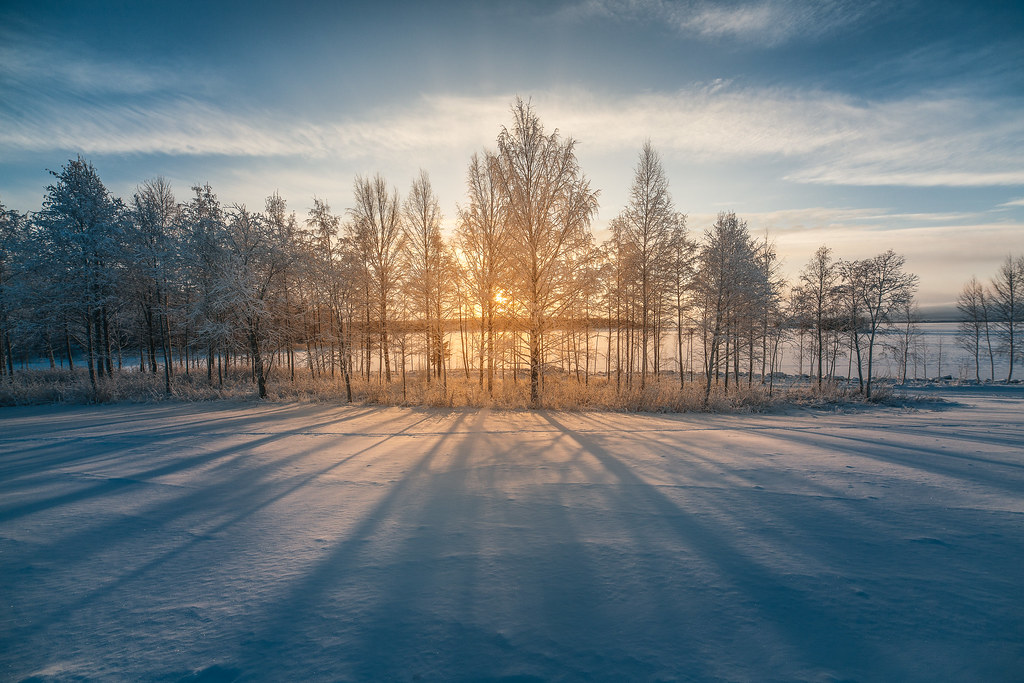
Trees and shrubs can suffer from sun scald in the winter. They have no leaves to protect them, and the bark of young trees may not be thick enough to provide complete protection. Wrap young vulnerable trees with special white plastic or paper sold for that purpose. See this fact sheet :https://extension.umn.edu/planting-and-growing-guides/protecting-trees-and-shrubs-winter. Protect perennials from heaving by adding mulch after the first heavy frost. “Heaving” is caused when soil that had been frozen warms up during our not-infrequent January or February thaws. Newly planted shrubs or perennial plants are often forced out of the ground. You can prevent this by making sure that once the ground freezes, plants have mulch around them like a donut (not touching the stems). This mulch will keep the soil cooler during a thaw (and reduce evaporation of soil moisture as well). For a general discussion of winter injury to landscape plants, see: “Winter Damage on Landscape Plants” from the University of Maryland Extension Service (Photo credit: “Sunny Winter Day” by saaste is licensed under CC BY-NC-SA 2.0)
For more tips, click on: General January February March April May June July August September October November December